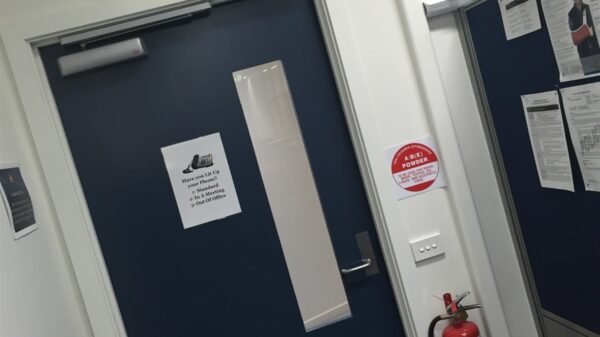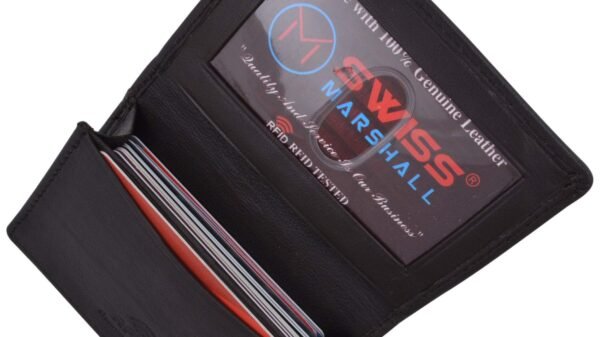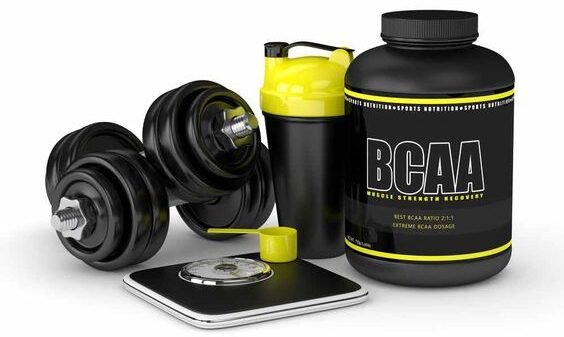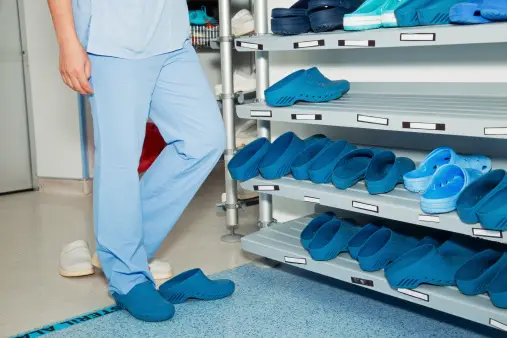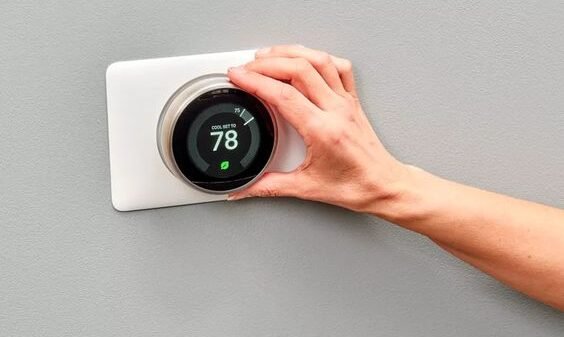In the fast-paced environment of emergency medical services (EMS), the safe storage of medications in ambulances is crucial for ensuring their efficacy and patient safety. ambulance medication refrigerator, equipped with advanced remote monitoring and alarming systems, play a pivotal role in maintaining the integrity of refrigerated medications during transport. These systems provide real-time oversight, immediate alerts, and data logging capabilities, allowing EMS providers to respond swiftly to temperature deviations and ensure the continuous effectiveness of vital medications. In this article, we explore the importance of remote monitoring and alarming systems for ambulance refrigerated medication, their functionalities, benefits, and the role of ice boxes in medicine transport.
The Significance of Ambulance Refrigerated Medication Storage
Ambulance refrigerators serve as mobile pharmacies, housing a range of medications, vaccines, and medical supplies required for emergency treatment. However, the effectiveness of these medications is highly dependent on maintaining the correct temperature throughout transportation. Factors such as frequent door openings, ambient conditions, and variations in external temperature can pose challenges to medication stability. Remote monitoring and alarming systems address these challenges by providing continuous oversight and immediate alerts to potential issues.
Key Components of Remote Monitoring and Alarming Systems
1. Temperature Sensors:
– Distributed throughout the refrigerator unit to monitor temperature variations.
– Sensors provide real-time data on the internal temperature, ensuring medications are within the specified range.
2. Data Logging and Recording:
– Systems log temperature readings at regular intervals, creating a historical record.
– Enables EMS providers to review temperature trends, identify patterns, and make informed decisions.
3. Wireless Connectivity:
– Utilizes Wi-Fi or cellular networks to transmit data to a central monitoring system.
– Allows for remote access to temperature data, alerts, and status updates in real-time.
4. Alerting Mechanisms:
– Immediate alerts via SMS, email, or mobile app notifications in the event of temperature deviations.
– Alerts EMS providers and dispatchers to take corrective action promptly.
5. Battery Backup Systems:
– Ensures continuous monitoring and alerting, even during power outages or vehicle engine off times.
– Prevents interruptions in monitoring and maintains medication safety during transit.
6. Customizable Alarm Thresholds:
– Allows EMS providers to set specific temperature thresholds based on medication requirements.
– Alerts triggered when temperatures exceed or fall below the defined limits, ensuring proactive responses.
7. Door Open Alerts:
– Alerts when the refrigerator door remains open for an extended period.
– Prevents accidental temperature fluctuations due to door left ajar during medication retrieval.
8. Remote Control and Management:
– Some systems offer remote control capabilities to adjust temperature settings or activate defrost cycles.
– Enables immediate actions to mitigate temperature deviations, even when not physically present.
Benefits of Remote Monitoring and Alarming Systems
1. Medication Integrity and Efficacy:
– Ensures medications, vaccines, and sensitive medical supplies remain within the required temperature range.
– Preserves the potency and effectiveness of medications, reducing the risk of treatment failure.
2. Real-Time Oversight and Response:
– Immediate alerts to EMS providers and dispatchers in case of temperature fluctuations or equipment malfunctions.
– Enables prompt actions to address issues, such as adjusting settings or transferring medications to alternative storage.
3. Data-Driven Decision Making:
– Historical temperature data and trends help in identifying potential equipment issues or storage challenges.
– Allows for proactive maintenance, optimizing refrigerator performance and medication safety.
4. Regulatory Compliance:
– Meets regulatory requirements for medication storage and temperature monitoring in healthcare settings.
– Provides documentation of temperature logs and alerts for audits and compliance checks.
5. Reduced Risk of Medication Wastage:
– Early detection of temperature deviations prevents the spoilage of medications.
– Minimizes the need for discarding compromised medications, reducing waste and associated costs.
6. Enhanced Patient Safety:
– Ensures that patients receive medications at their optimal potency and effectiveness.
– Reduces the risk of adverse reactions or treatment failures due to compromised medications.
7. Improved Operational Efficiency:
– Streamlines medication management processes for EMS providers.
– Allows for better planning and allocation of medications during emergency responses.
Role of Ice Boxes in Medication Transport
While ambulance refrigerators provide controlled temperature storage for medications, ice boxes serve as supplementary solutions for short-term transport or as backup options. Ice boxes are insulated containers filled with ice packs or gel packs, maintaining temperatures within a specified range for a limited duration. Here’s how ice boxes complement remote monitoring systems in medication transport:
1. Temporary Storage Solutions:
– Used for transporting medications during short-distance transfers or when refrigeration is unavailable.
– Ideal for emergency situations where immediate access to medications is crucial.
2. Backup for Power Outages:
– In the event of refrigerator malfunctions or power outages, ice boxes serve as backup storage.
– Maintains temperature stability until regular refrigeration is restored.
3. Portable and Versatile:
– Ice boxes are lightweight and portable, suitable for use in ambulances, helicopters, or during field operations.
– Provides flexibility in medication transport, especially in remote or challenging environments.
4. Temperature Monitoring:
– Some ice boxes are equipped with temperature monitoring devices.
– Enables EMS providers to monitor temperature conditions during transport and ensure medication safety.
5. Emergency Preparedness:
– Pre-packed ice boxes with essential medications enhance readiness for urgent responses.
– Ensures quick access to critical drugs, even in scenarios where refrigeration is unavailable.
Conclusion
Remote monitoring and alarming systems for ambulance refrigerated medication are essential tools in maintaining the efficacy, safety, and integrity of medications during emergency transport. These systems provide real-time oversight, immediate alerts, and data logging capabilities, enabling EMS providers to respond swiftly to temperature deviations and equipment malfunctions. The integration of ice boxes as supplementary solutions offers added flexibility and backup storage options, ensuring medication safety in various transport scenarios.
By investing in advanced monitoring technology and utilizing ice box for medicine, ambulance services can optimize medication management, enhance patient safety, and ensure the effectiveness of life-saving treatments during critical moments of emergency care.

